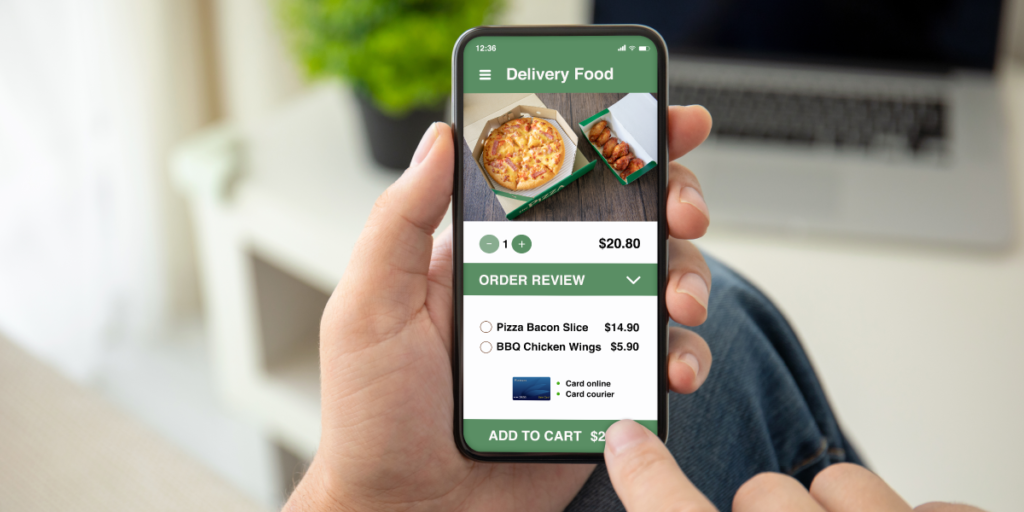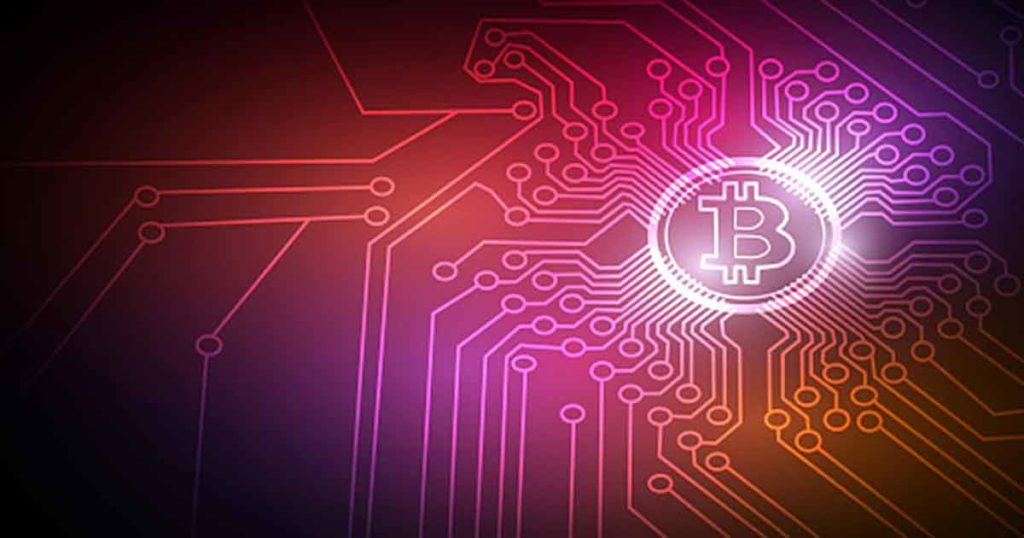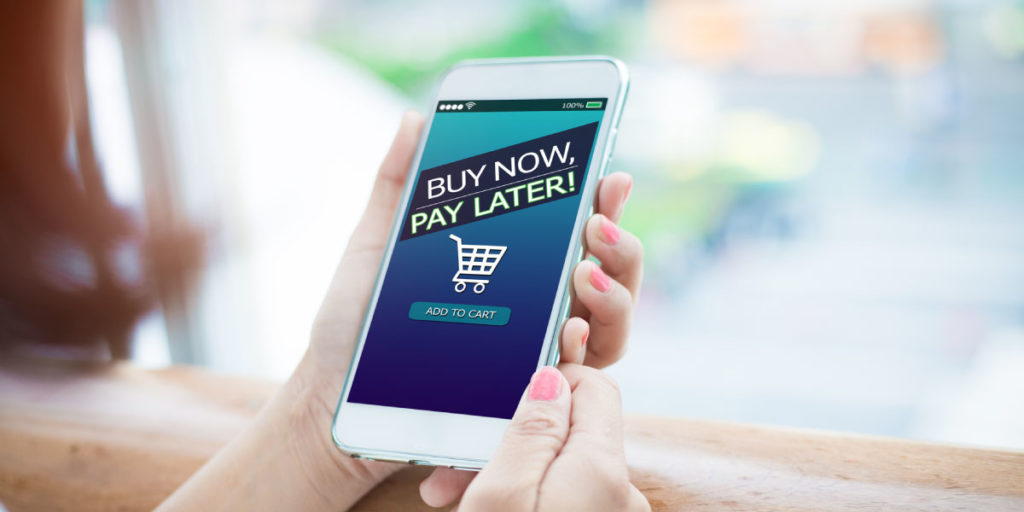Faster Payments
What is “receive-only” and why should my credit union consider it?
Receive-only is a term used in the real-time payments world to refer to a financial institution that is connected to the network and configured to be able to receive real-time payments, but not send them.
This enables members or customers of that financial institution to receive real-time payments into their accounts. These payments post to end-user accounts immediately (i.e., within seconds).
The receive-only approach can open doors for your members to receive instant payments such as Venmo Instant Transfers, insurance claim settlements, tax refunds, and potentially even same-day wage payments as more companies are considering more frequent and worker-friendly payroll options.
Stepping into the real-time payments world by offering receive-only first (rather than “send-and-receive”) is an approach worth considering. Receive-only allows your credit union to get connected to the network and gives your staff the opportunity to get familiar with some aspects of real-time payments. Once receive-only is up-and-running, you can then pursue an end-user app for initiating real-time payments and prepare for the liquidity management requirements that come along with real-time settlement.
Read MoreDigital Delivery: What is driving this consumer trend?
We all know that the pandemic was a catalyst for the widespread adoption of digital delivery of services. Consumers were forced to use technology to conduct business – purchasing goods online rather than in person, using mobile applications like UberEats and Instacart, and paying for purchases by card or touch-free app. All consumer-driven industries had to quickly adapt to the new environment.
Read MoreWhat should we know about core systems to enable real-time payments?
Welcome to Username or E-mail Password Remember Me Forgot Password The community portal is for registered credit union professionals.
Read MoreNon-Bank Financial Institutions: What is the landscape of these payment providers?
“Non-bank financial institutions,” or NBFIs for short, are organizations without banking licenses that offer various banking services. This is a clunky way of making something familiar sound foreign or abstract. If this definition isn’t quite clicking, fear not. I bet you’re more likely to recognize an NBFI by its brand name than the generic term.
Read MoreCryptocurrency: Will it change the payment landscape?
Everyone’s heard of cryptocurrency, but its nuances remain murky – if not downright confusing – to many consumers. What is it exactly? How does it work? Why is it controversial? And volatile? Why are some countries naming it their national currency (i.e., El Salvador). So, let’s start at the beginning, shall we?
Read MoreBuy Now, Pay Later: What impact will this have on payment trends?
If you’re an avid online shopper, the odds say you’ve seen or perhaps even used a BNPL service. BNPL stands for “Buy Now, Pay Later.” While this slogan might not ring any bells, the third-party platforms themselves might. Affirm, Afterpay, Klarna and even PayPal are among the most popular BNPL providers in the retail space.
Read MoreHow can I get started on a faster payments strategy?
Welcome to Username or E-mail Password Remember Me Forgot Password The community portal is for registered credit union professionals.
Read More





